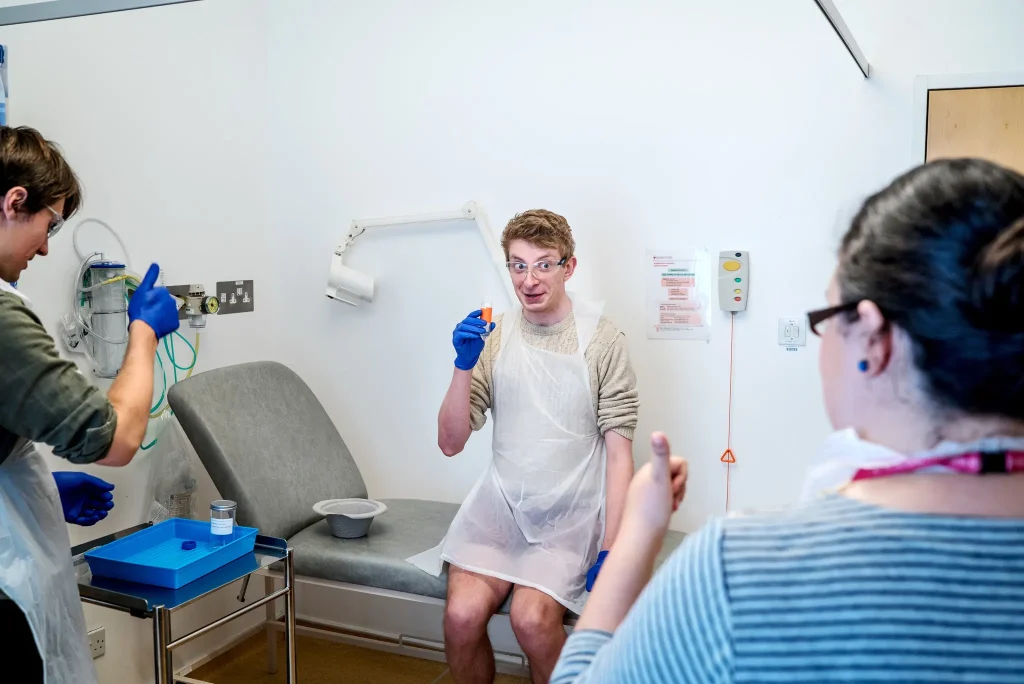(p. A5) Zapping the brain with weak electrical currents that mimic normal neural activity can boost memory in healthy older adults, at least over the short term, researchers said in a study published Monday [Aug. 22, 2022] in the journal Nature Neuroscience.
. . .
The researchers found that repeated delivery of low-frequency currents to a brain region known as the parietal cortex—located in the upper back portion of the organ—improved recall of words toward the end of the 20-word lists. When the researchers targeted the prefrontal cortex at the front of the brain with high-frequency currents, the study participants saw improvements in their ability to remember words from the beginning of the lists.
. . .
The electrical stimulation improved both short- and longer-term memory lasting minutes by about 50 to 65 percent over four days of treatment, Dr. Reinhart said. The improvements persisted one month after the treatment sessions. Short-term, or working, memory involves storing information over a period of seconds like remembering a phone number someone just gave you. Long-term memory involves storing and then retrieving information over minutes, days, months or years.
. . .
Though the apparatus used in the experiments is lightweight and easy to use, Dr. Reinhart said, it hasn’t been cleared for clinical use by the U.S. Food and Drug Administration and for now is available only in research settings.
For the full story see:
(Note: ellipses, and bracketed date, added.)
(Note: the online version of the story has the date August 22, 2022, and has the title “Improve Memory by Zapping Your Brain? Study Says It’s Possible.”)
The academic article summarized in the passages quoted above is:


